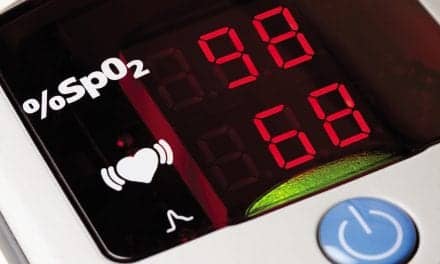Researchers are recommending that clinicians implement monitoring and intervention strategies for patients at risk of respiratory compromise to reduce these patients’ risks for respiratory failure and death.
Respiratory failure requiring emergency mechanical ventilation occurs in more than 44,000 patients each year in the United States, and the ECRI Institute just recently identified opioid administration and monitoring in acute care as a top ten patient safety concern.
An article published in Respiratory Care identified six distinct patient sub-types based on physiologic parameters: impaired control of breathing, impaired airway protection, parenchymal lung disease, increased airway resistance, hydrostatic pulmonary edema and right ventricular failure.
The article also included guidelines for identifying patients with each type of respiratory compromise, early signs of respiratory compromise, and parameters for monitoring patients’ pulmonary and other vital functions.
Monitoring strategies identified for several patient sub-types include simple and noninvasive methods such as pulse oximetry, EKG, capnography, and monitoring of heart and breathing rates. Identifying patient sub-groups in which these and other monitoring are most beneficial is an important first step toward improving patient outcomes in a cost-effective manner.
“Hospitalized patients have an unacceptably high incidence of respiratory failure and death, and intervening at the earliest stages of respiratory compromise will be essential to reduce patients’ risks and improve outcomes,” said lead author Timothy A. Morris, MD FCCP, Professor of Clinical Medicine, Clinical Service Chief of the Pulmonary, Critical Care and Sleep Division at UC San Diego Medical Center in Hillcrest, President of the Respiratory Compromise Institute. “Classifying at-risk patients based on their physiologic profiles may enable the development of risk-specific monitoring strategies and early interventions that can prevent further respiratory decline.”










